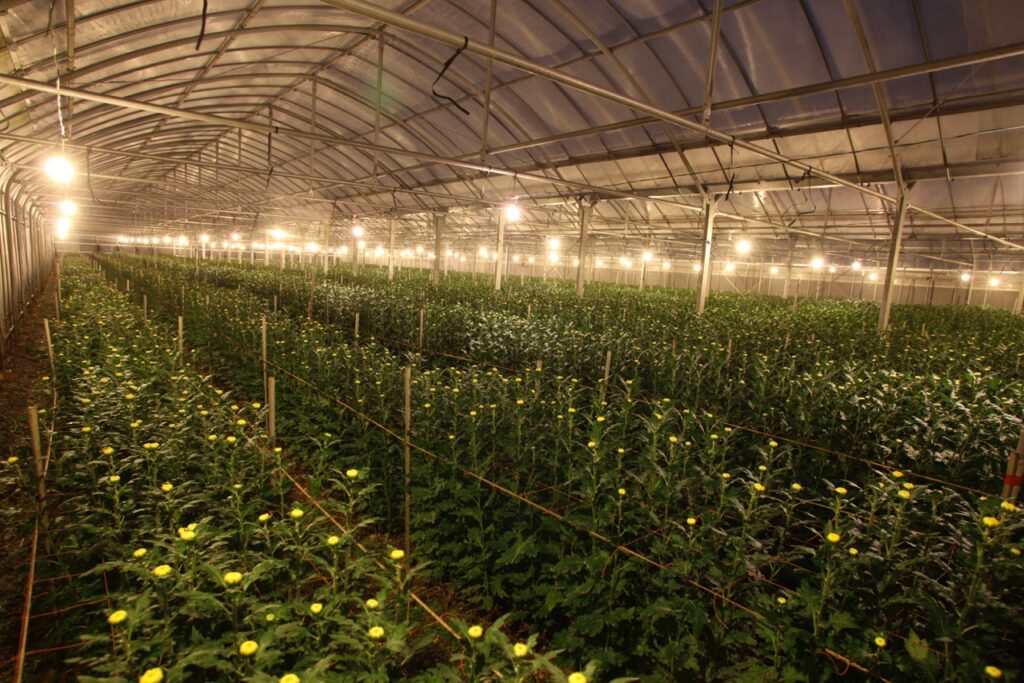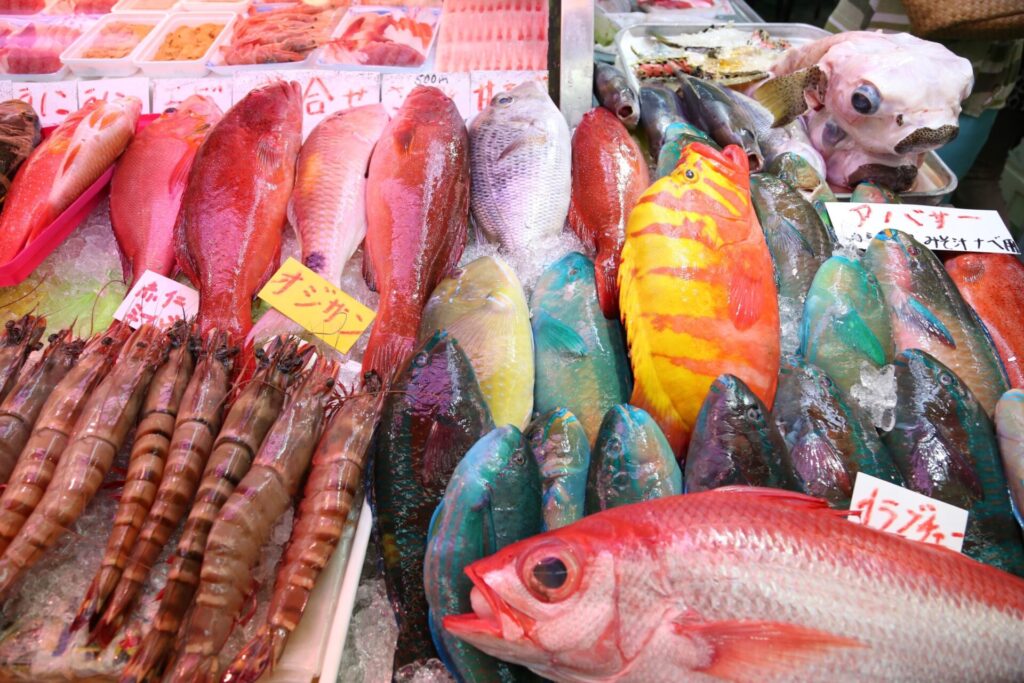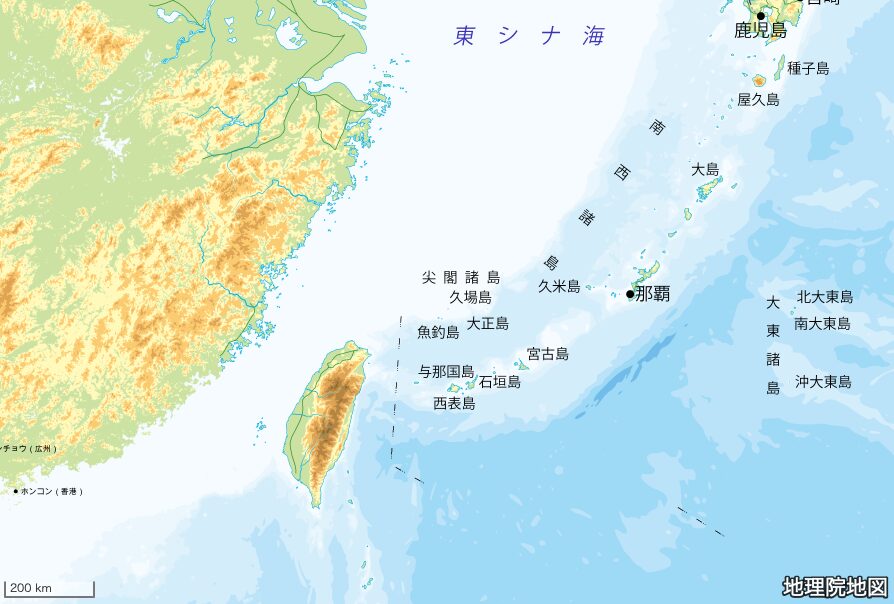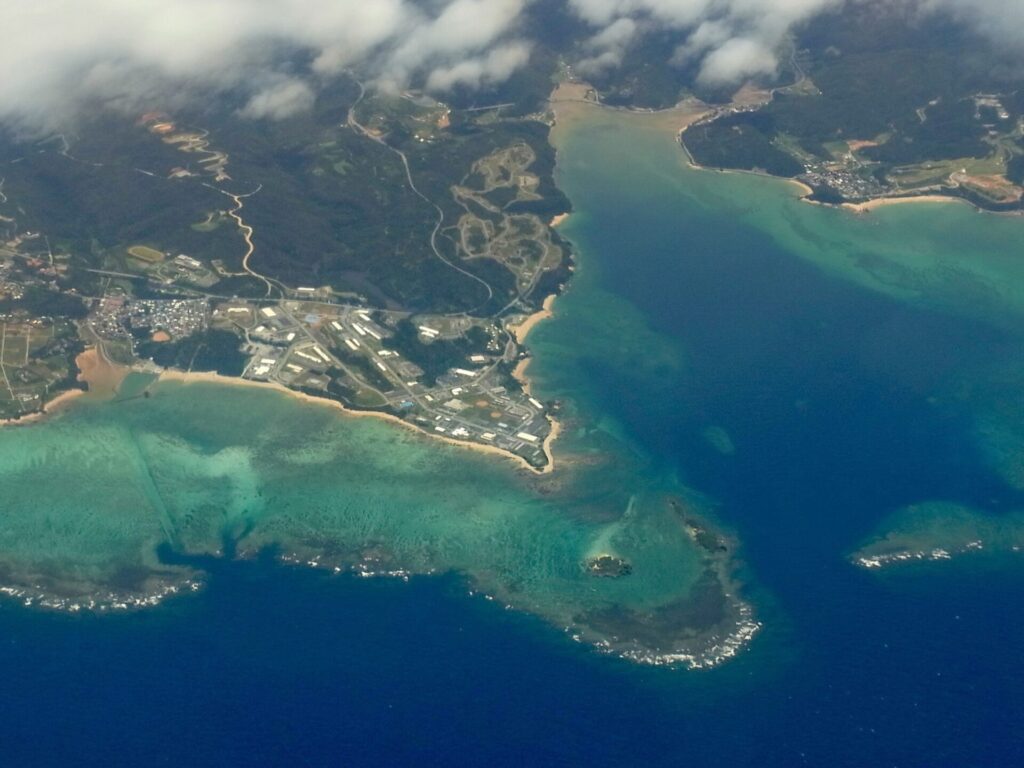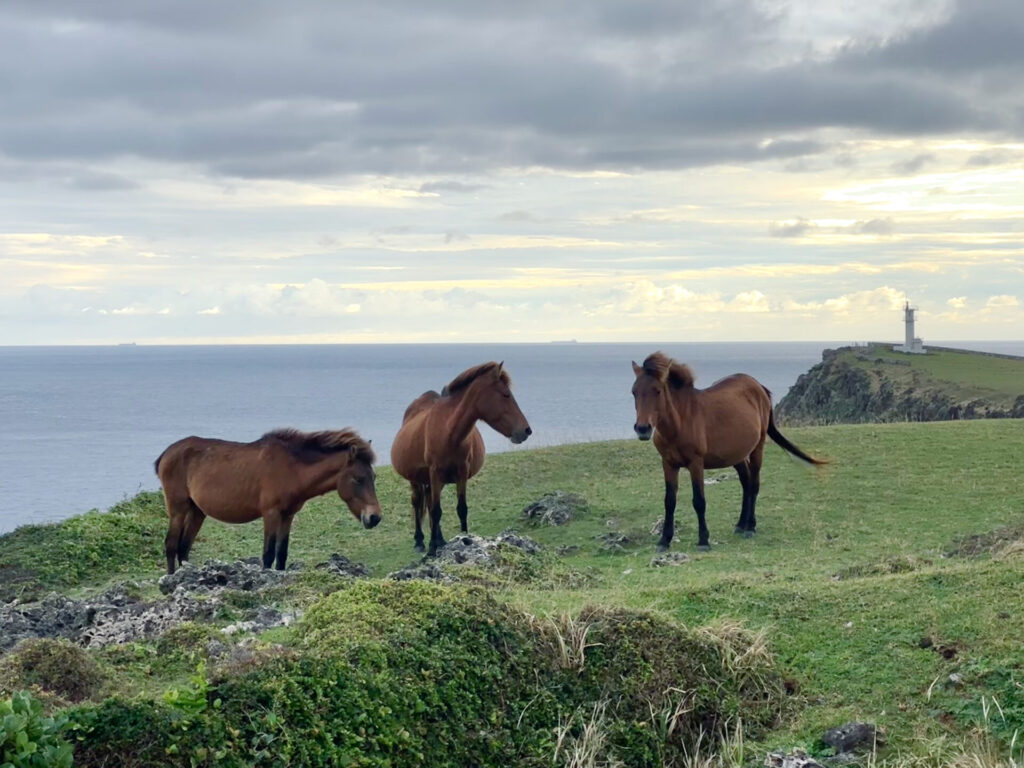Āsa, Ōsa

It’s not only birds and flowers which hail the coming of spring. The edible sea grass āsa (called о̄sa in the Amami Islands and hitoegusa in Japanese) is one of the first plants to signal spring’s approach. Āsa buds on rocks in the shallows beginning around the lunar New Year, day by day covering the stone faces. The young seaweed shoots bathe in the sunlight, giving off a brilliant green luster.
Fresh āsa is a favorite food of chinu—black porgy sea bream. Anglers hang out fishing lines in hopes of catching those chinu. At low tide, women bearing bamboo baskets head to the beach in droves to pick āsa. They use the shells of tokobushi, a species of mollusk related to conches, to scrape āsa off the rocks. Stooping over rock after rock to harvest āsa makes one’s back hurt. Sometimes the women stand up straight and beat their backs to ease the pain.
Āsa from rocks tastes different than āsa from tidal flats. Rock āsa is green and refreshing, and also very fragrant. Tidal āsa is pastier and slipperier.
Fresh-picked āsa smells sweetly and irresistibly of the seashore. It’s especially delicious in buin1—fresh—soup made with fish and fish broth.
“Kabashā” “A mouth-watering scent.”
“Tōtoganashi” “Received with thanks”
The women raise bowls of steaming hot soup to eye level to offer thanks before bringing it to their lips. This kind of scene is commonplace in Okinawa’s countryside, even now. And buin isn’t the only delicious dish. Āsa can also be delicious as tempura or in a clear broth soup.
Like kelp, āsa can grow quite long, and as a child, I remember frantically picking this variety. When I showed it to an old lady from the village, though, she said, “You can’t eat that. It’s innu āsa, fit only for the dogs.” I was so disappointed.
Āsa can also be dried to preserve it for later. Women made little parcels of desiccated āsa to send to their children in the city.
Editor’s Note:
- “Buin” means “fresh” in Amami language.







